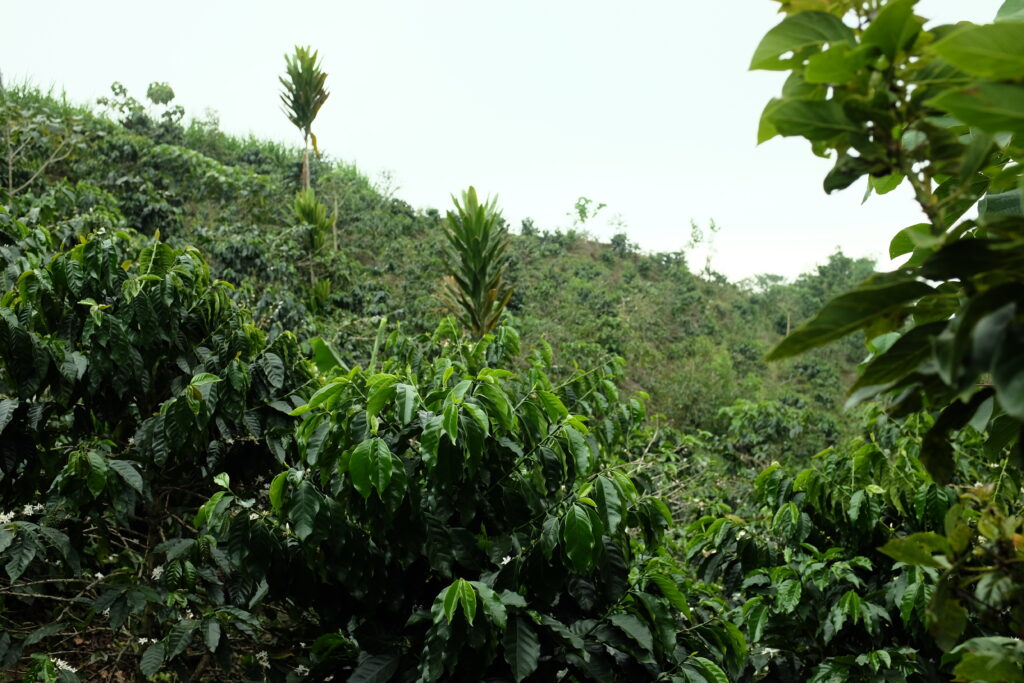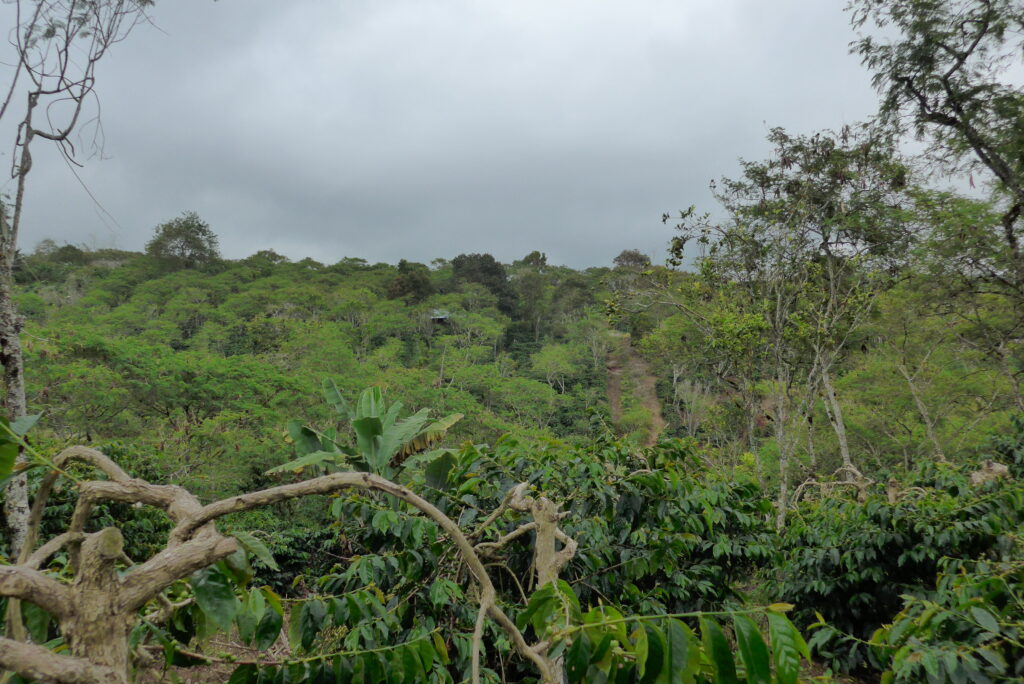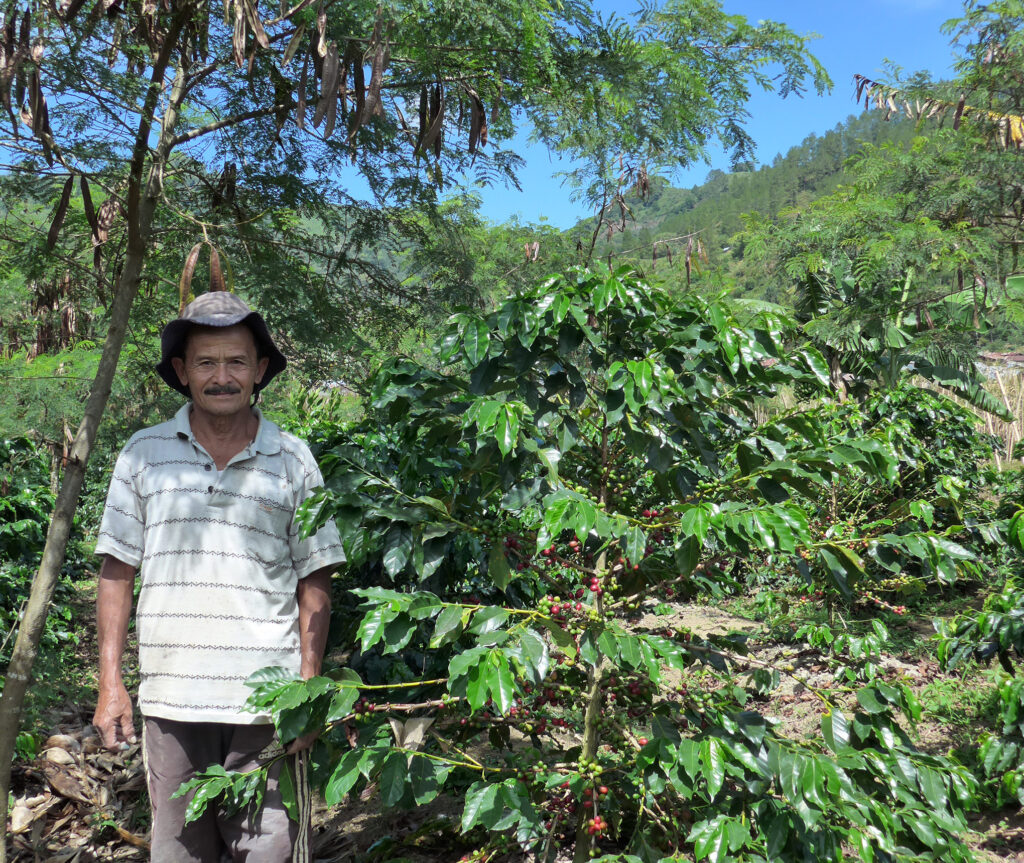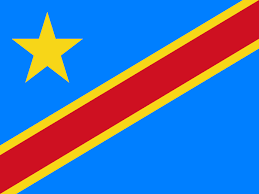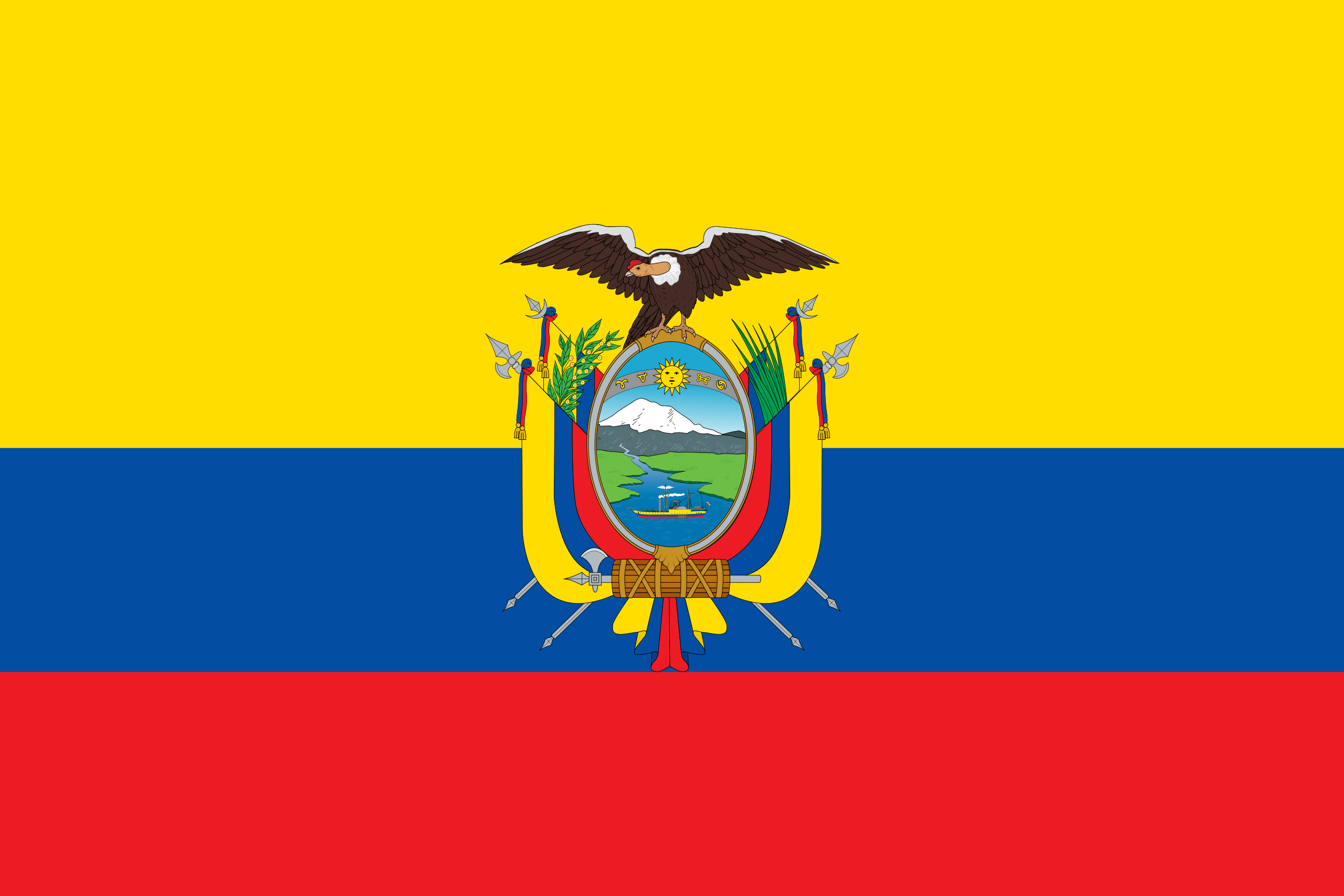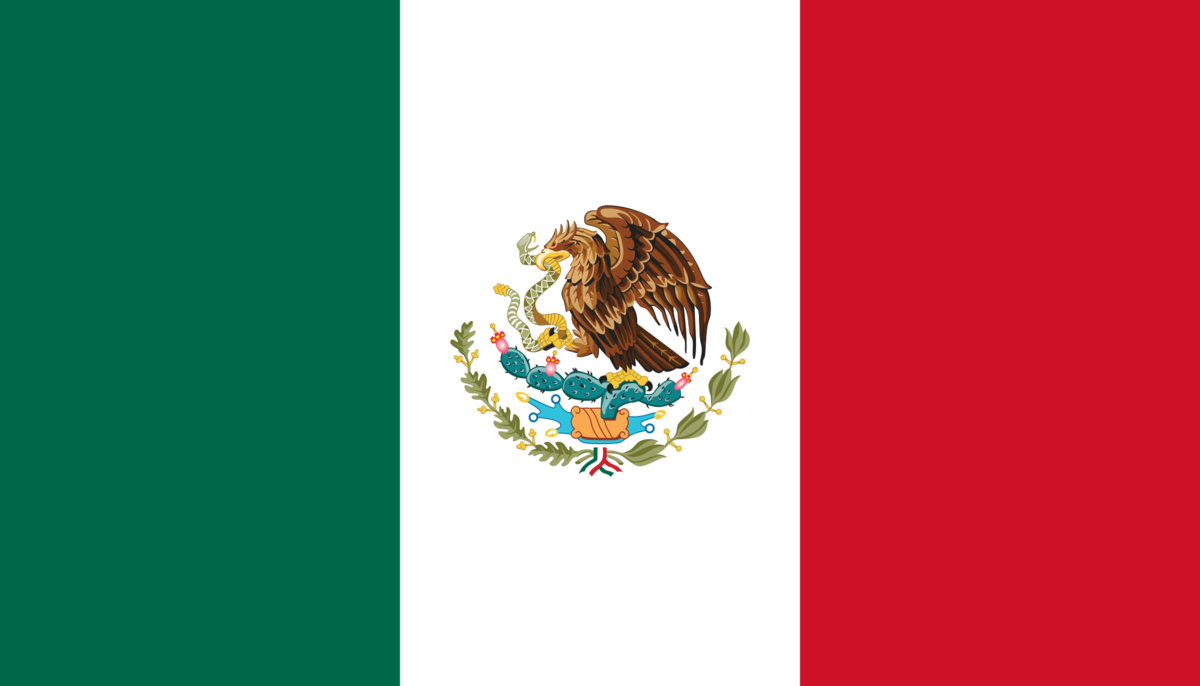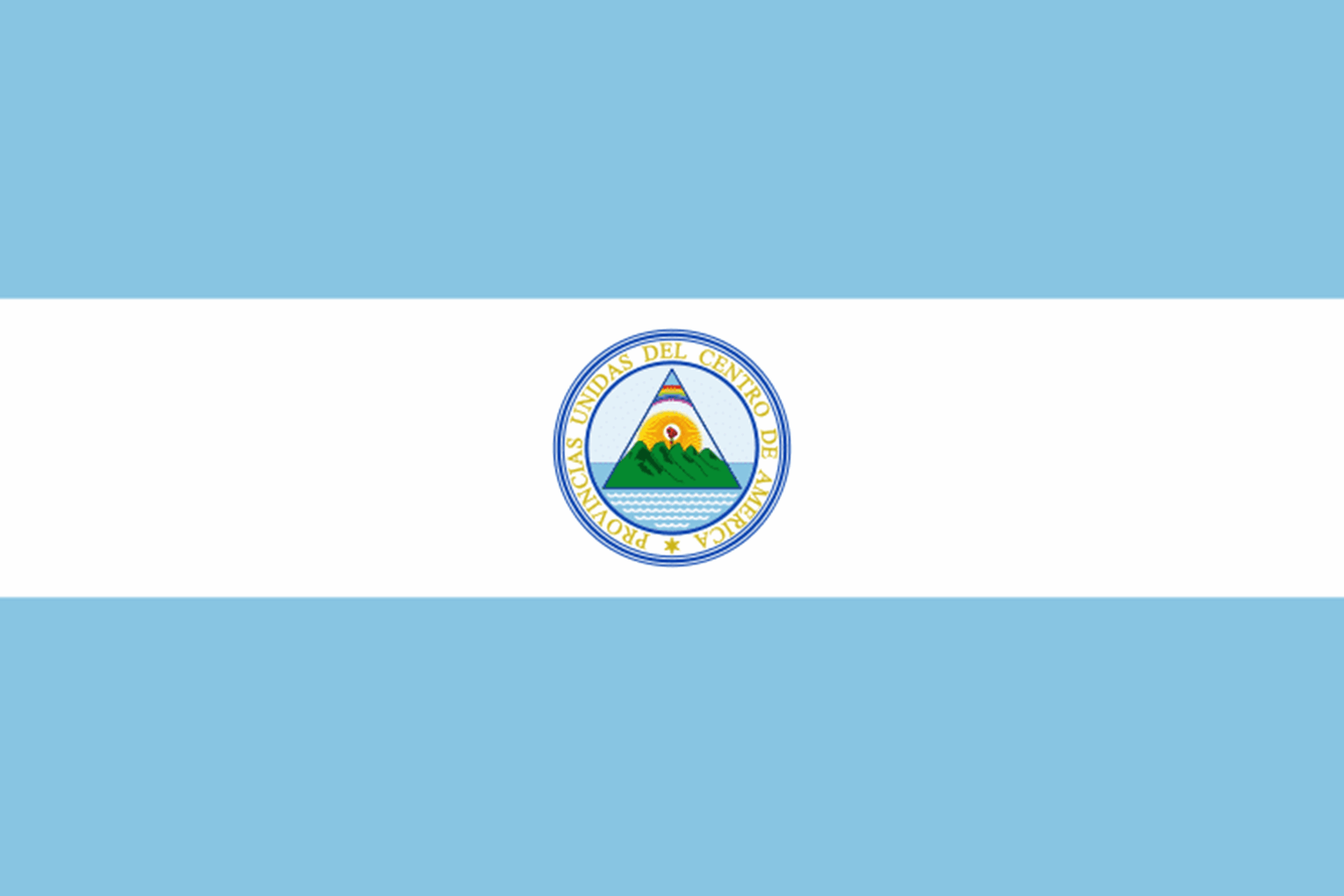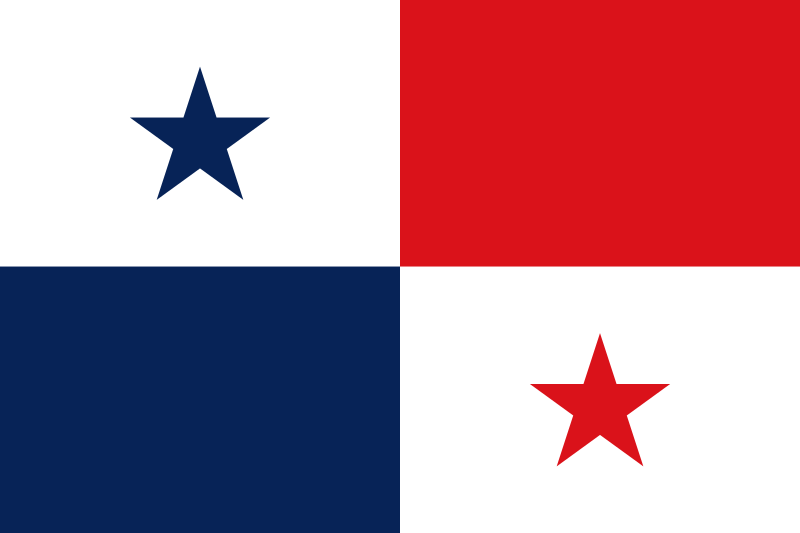As one of the oldest coffee-producing countries - Indonesia maintains a unique array of islands producing complex coffees.
Indonesia has been exporting coffee since 1711, when the Dutch East India Company sent its first shipment from Java to Europe. The crop was profitable for many exporters and importers: less so for the country’s producers. In 1960, the novel ‘Max Havelaar: Or the Coffee Auctions of the Dutch Trading Company’ was published, outlining the abuses endorsed by the Colonial Dutch system. The novel transformed the labour system and even provided inspiration for the first Fair Trade label.
View Coffees-
Place In World For Coffee Exporter5th
-
Sacks (60kg) exported annually6,334,000
-
Percentage of world coffee marketApprox. 4.8%
-
Other major agricultural exportsPalm products
-
Typical varieties produced25% Arabica: Typica, Caturra, Bourbon, Catimor, Tim Tim & S-Hybrids
-
Key coffee regionsSumatra, Java, Sulawesi, Flores & Bali
-
Typical harvest timesVaries by location
-
Typically availableFrom March
